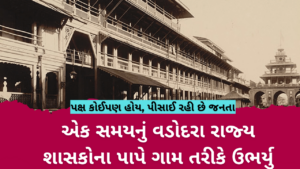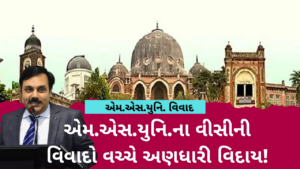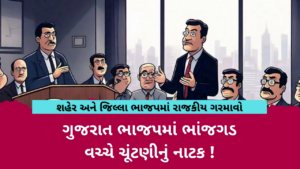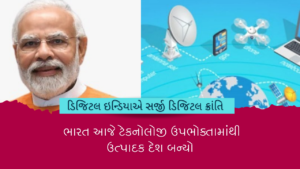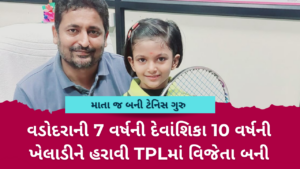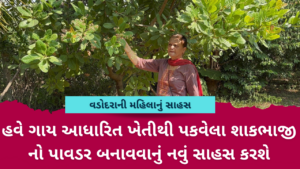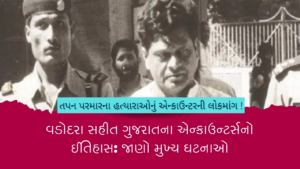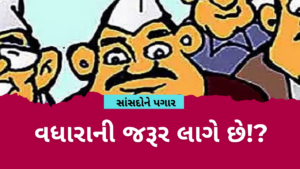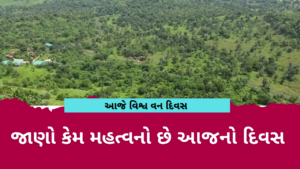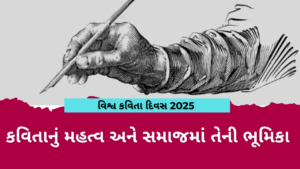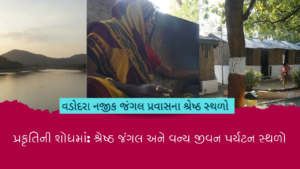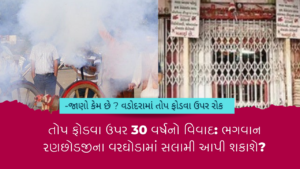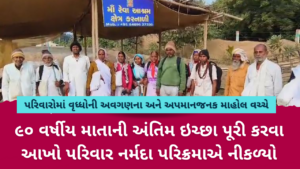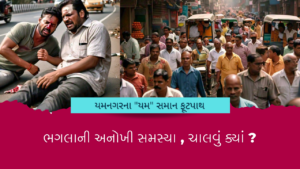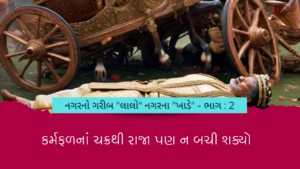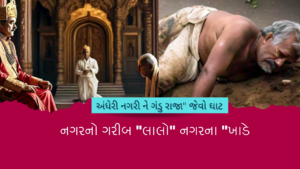Ancient Indian society, led to different expectations for the behavior of men and women based on the valued life principles. Throughout history, texts have presented conflicting views on the position of women in the social hierarchy, ranging from leadership as the highest goddess to her role as an obedient wife, mother, and daughter. One of the most important texts from India is Ramayana.
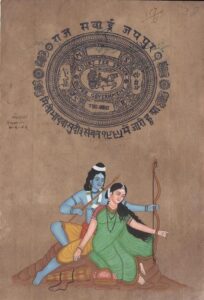 Each character of Ramayana possesses universal qualities that link their striving to the audience and the situations they face correspond to human dilemmas at the basic level, making them pillars for the ideal man and woman. The two main talked about characters are that of Rama and Sita.
Each character of Ramayana possesses universal qualities that link their striving to the audience and the situations they face correspond to human dilemmas at the basic level, making them pillars for the ideal man and woman. The two main talked about characters are that of Rama and Sita.
Sita is an integral part of our psyche. At every stage of an Indian woman’s life her name is invoked. Certain aspects of a character have been emphasized more than others to suit the political and societal norms of the day. In a world where the role of women is still being redefined, Sita’s character teaches us valuable lessons for the contemporary society. Some see Sita as a pati vrata. Some see her as victimized. Yet, others see a more liberated Sita, a cherished wife of Ram. She was outspoken, freely expressed herself, was tempted by the material golden deer, loved her husband, was faithful to him, served her family, did not get seduced by the glamour and material objects in Ravana’s palace, faced a suspicious husband and raised well balanced children as a single mother.
As a loving, loyal wife, Sita endures great hardships to ensure that Rama is happy and successful. Although the Ramayana successfully served to reinforce ancient India’s patriarchal structure by advocating separate expectations for the idealized Rama than that of his loving wife Sita, it is Rama’s behavior towards his wife that reveals Sita’s superior sense of dharma in comparison to his.
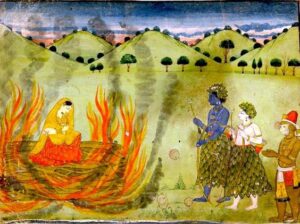
Uttara Kanda sparks the beginning of Rama’s questionable actions within the controversial fire ordeal, the Agni Pariksha. At the end of the Great War between Rama and the demons, Sita undergoes a test of chastity that requires her to throw herself into a fire to prove her innocence. Rama was deeply upset and skeptical of Sita’s purity because she was abducted and forced to live in Ravana’s home. Rama’s suspicions towards Sita contradicts his dharma as a good husband to Sita because instead of giving her the benefit of the doubt and standing by her side, like she did for him, he lets her subject herself to the blazing fire to prove herself. It is in this very scene that Sita shows her superior sense of dharma as she willingly enters the fire. Sita emerging from the flames is a form of rebirth that redefines her from the formerly subservient wife to a woman who is conscious of her identity and self-worth.
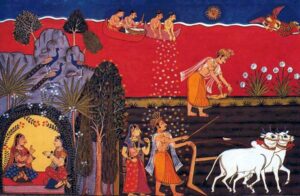
Sita revealed her greatness wherever she was placed. It was not that the lives of Ramayana characters were so pure, free from human weaknesses and so divinely protective that no complicated situations could arise to upset them. The greatness consisted in their strength that truth, sincerity, self-sacrifice and other virtues gave. Sita’s greatness was more pronounced, for she portrayed a greater power of endurance that any other character, except possibly Rama. Hers was the special capacity, amidst the weeping and criticisms to use her discrimination to face her challenges in a dignified manner. Let’s celebrate her appearance today.



